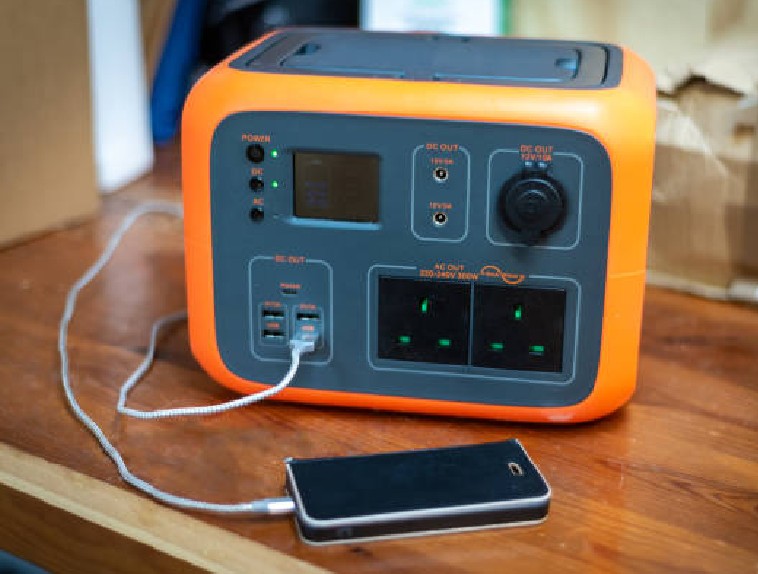Question: AMW wire
I encountered some wire that was marked AWM and was marked with a style number, yet there was no type marking on the insulation that is mentioned in Article 310 in the NEC. What is AWM and can I use it for field wiring and comply with the NEC?
Answer
AWM is an acronym for Appliance Wiring Material. AWM conductors are UL recognized component wires evaluated for specific uses. Each style number has a specific use. The use statement is found on the style page. The AWM style pages can be located on UL’s Online Certification Directory at www.ul.com/database and select Appliance Wiring Material (AWM) from the Specific Searches menu. The style number is optionally printed on the surface of the wire. Recognized components are products that are incomplete in constructions or evaluated on a limited basis and are not intended for field installation, they are intended for factory installation in an overall Listed product, where the Listing engineer of the equipment evaluates the suitability of the type of wiring for the intended use.
AWM is not identified in the NEC and is not intended for field installation in accordance with the NEC. Conductors identified as AWM may also be identified as a Listed building type conductor if evaluated for both sets of requirements and dually rated. If the conductor is dually rated then it can be installed in accordance with the NEC for the specific building type conductor identified on the conductor insulation.










Find Us on Socials